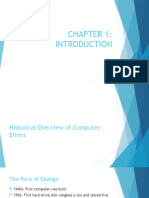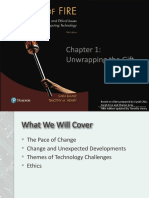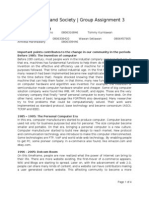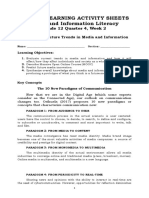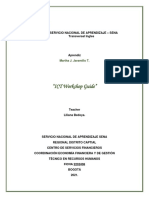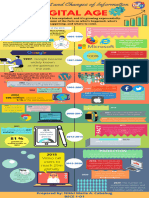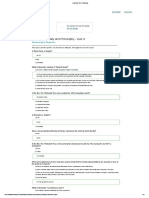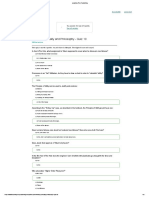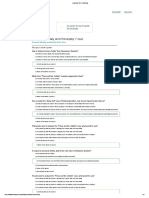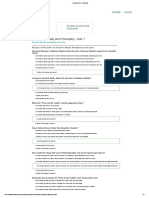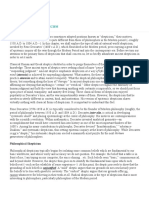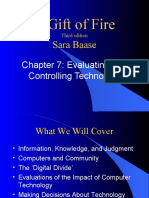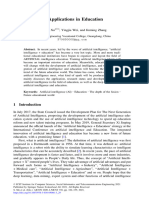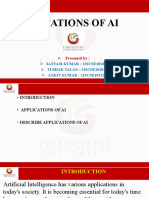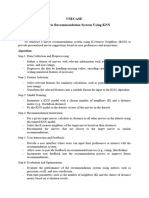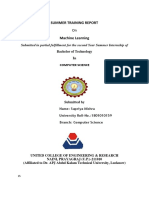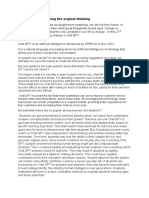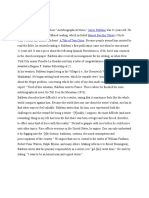0% found this document useful (0 votes)
67 views23 pagesChapter 1
The document discusses the rapid pace of technological change over recent decades and new developments like blogs, video sharing, social networking, and collaboration tools. It also covers issues, themes, and ethics related to technology.
Uploaded by
Devansh GoelCopyright
© © All Rights Reserved
We take content rights seriously. If you suspect this is your content, claim it here.
Available Formats
Download as PPT, PDF, TXT or read online on Scribd
0% found this document useful (0 votes)
67 views23 pagesChapter 1
The document discusses the rapid pace of technological change over recent decades and new developments like blogs, video sharing, social networking, and collaboration tools. It also covers issues, themes, and ethics related to technology.
Uploaded by
Devansh GoelCopyright
© © All Rights Reserved
We take content rights seriously. If you suspect this is your content, claim it here.
Available Formats
Download as PPT, PDF, TXT or read online on Scribd
/ 23




